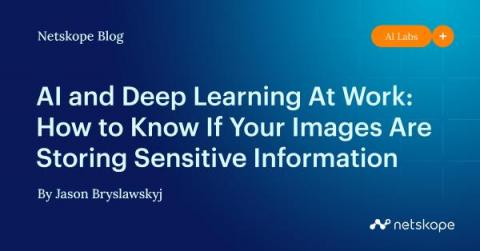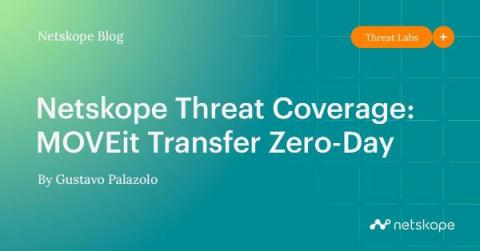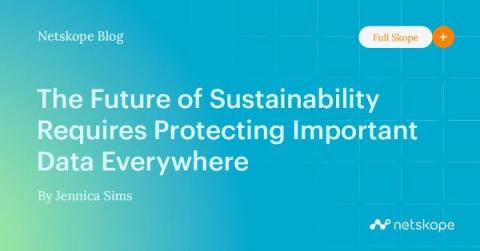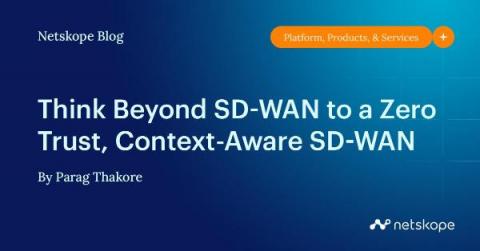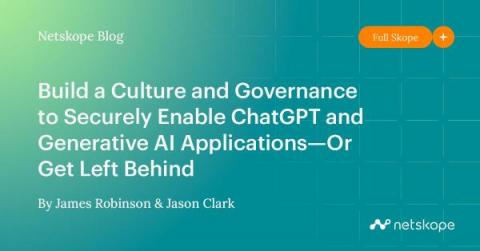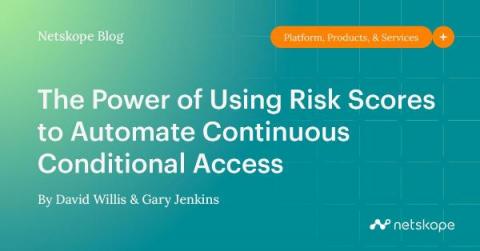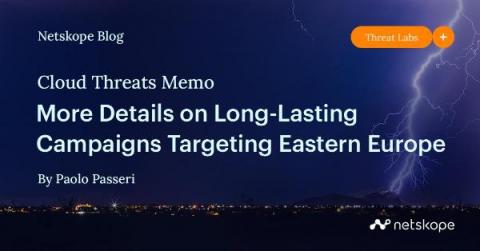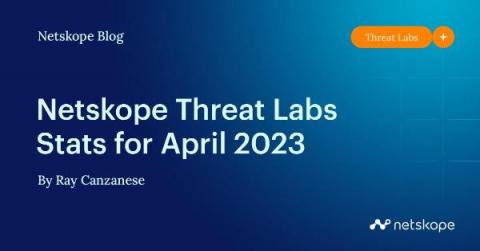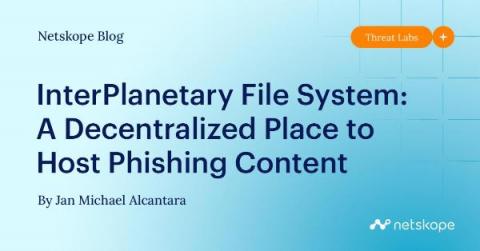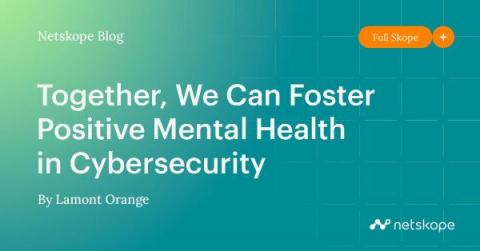AI and Deep Learning At Work: How to Know If Your Images Are Storing Sensitive Information
In today’s rapidly digitizing world, the importance of data security has become paramount. With the increasing amount of sensitive information being shared and stored online, securing information from cyber attacks, information breaches, and theft has become a top priority for companies of all sizes. Data loss prevention (DLP) is a critical part of the Netskope Intelligent Security Service Edge (SSE) security platform, providing best-in-class data security to our customers.


